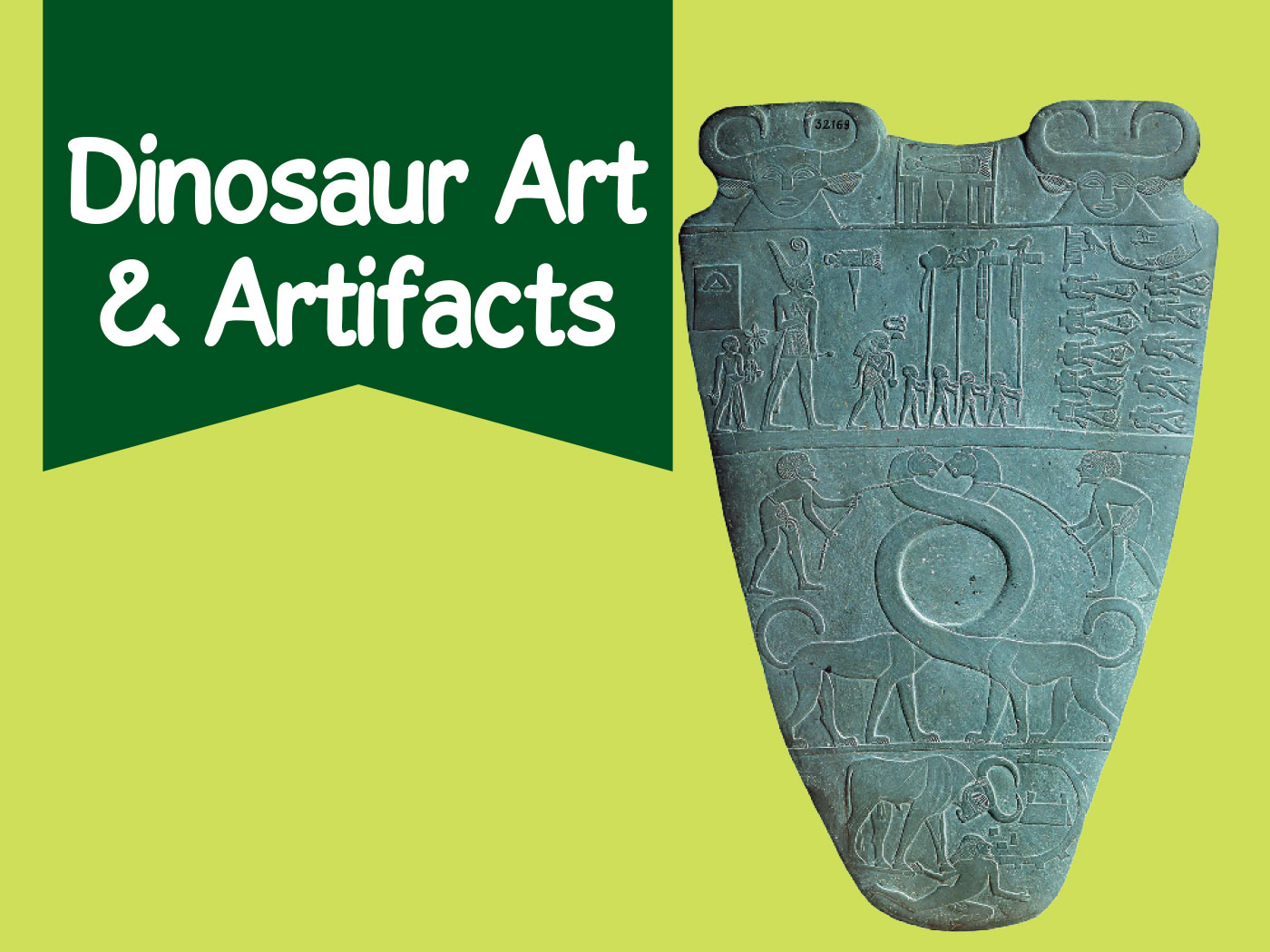What if geneticists discovered, lurking in the DNA sequences of modern humans, clues of a heritage that mirrors the historical account of the dispersion at Babel? Researchers appear to have uncovered such clues in a recent attempt "to reconstruct modern evolutionary history" of three hunter-gatherer African tribal populations.1
Scientists sequenced the genomes of five males—representing Pygmy, Hadza, and Sandawe tribe members—over 60 times each. Such dense coverage ensured that the identities of each DNA base pair they sequenced were accurate. They compared the African DNA sequences with each other and against similar studies on Europeans.
The geneticists published their unexpected finds in the journal Cell, providing data that accord with a rapid post-flood diversification in Genesis history. For example, they discovered an enormous number of novel DNA variations just within the three tribes. Most of the variations were "single nucleotide polymorphisms," or SNPs, that occur as single DNA base pair differences between individuals.
Specifically, their study found 13,407,517 SNPs that differ from the human genome reference sequence. The study authors wrote, "Our sequence data substantially expand the catalog of human genetic variation."1 These results add to a recent study that found that human variation is related to an explosion of genetic diversity beginning at roughly 5,100 years ago.2,3
The Cell authors also searched for certain kinds of sequences that identify people groups. First, they did not find "shared variants between Hadze and Sandawe."1 Although both tribes are hunter-gatherers who have long lived in Tanzania, each has unique DNA variants. If they had diverged only within the past several generations, they would share variations from inter-breeding with nearby groups. The lack of shared variants indicated to the authors that the populations diverged long ago, with little or no intermarriage between them.4 But when exactly did they diverge?
The team found genomic regions inherited from ancient ancestors "in the same time frame as Neandertals."1 Neandertals were a variety of mankind who intermarried with modern-looking humans during the post-Flood Ice Age from between roughly 3,500 and 4,500 years ago.5
The study authors found other evidence of widespread human interbreeding long ago, "predating the divergence of these [African] populations." The researchers wrote in the journal Cell, "A striking finding in our data set is that compelling evidence exists that extant hunter-gatherer genomes contain introgressed [repeatedly interbred] archaic sequence."1
Though perhaps striking to evolutionists, biblical creationists expect results like this. According to biblical history, intermarriage would have occurred freely for a few hundred years within the world's single nation at Babel. God then confused the languages and miraculously splintered humanity according to its families that would soon become 70 ancient nations.6
So, according to this genomic analysis, three modern African populations first intermarried with non-African populations. They then became isolated during the Ice Age, as is consistent with their having migrated from Babel to Africa. Finally, most of their genomic variations happened recently, since their populations were established. These events, all discerned from genomic clues, are in agreement with biblical history.
References
- Lachance, J. et al. 2012. Evolutionary History and Adaptation from High-Coverage Whole-Genome Sequences of Diverse African Hunter-Gatherers. Cell. 150 (3): 457-469.
- Tennessen, J. et al. 2012. Evolution and Functional Impact of Rare Coding Variation from Deep Sequencing of Human Exomes. Science. 337 (6090): 64-69.
- Thomas, B. 2012. A Recent Explosion of Human Diversity. Acts & Facts. 41 (9): 17.
- Interestingly, the study also found unique variants within Pygmy genomes, which makes sense since they live far from Tanzania in Cameroon. The team identified specific variations that affect pituitary gland development, which regulates height-determining hormones.
- Thomas, B. 2011. Identifying Neandertal Man. Acts & Facts. 40 (3): 18.
- Morris, H. 2004. God and the Nations. Green River, AK: Master Books.
* Mr. Thomas is Science Writer at the Institute for Creation Research.
Article posted on October 31, 2012.













